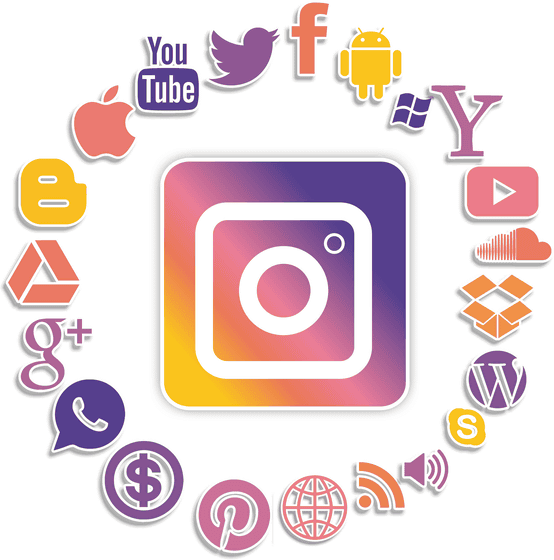What is the 'difference between photos taken by men and women' from the images taken with smartphones?

The performance of cameras installed in smartphones is improving year by year, and anyone can easily take high-quality images. A study of analyzing more than 5,000 images taken with smartphones has revealed that the trends in photos taken by men and women differ significantly.
Exploring the life cycle of smartphone images from camera rolls to social media platforms
I studied 5,000 phone images: objects were more popular than people, but women took way more selfies
https://theconversation.com/i-studied-5-000-phone-images-objects-were-more-popular-than-people-but-women-took-way-more-selfies-150080
Market analysis company Keypoint Intelligence estimates that the number of images taken in 2020 reached 1.4364 trillion, and the number of images taken each year will continue to increase. Taking images is becoming a daily activity for humankind. In modern times, it is estimated that more than 90% of images were taken by camera-equipped mobile phones such as smartphones, and 'what kind of object is taken with a smartphone' is what kind of person we are and what It can be said that it has an important meaning in estimating whether it is important. TJ Thomson, who belongs to the Digital Media Research Center , a research institute under the Queen's Land Institute of Technology in Australia, identifies 'the tendency of people's interests' by analyzing images actually taken with smartphones. I tried to do so.
Thomson analyzed a total of 5,000 images taken by 13 Australian subjects on their smartphones during the first four weeks of 2019, and interviewed each subject. As a result, the following trends were confirmed.
◆ Men and women choose different subjects
When classified by the subjects of 5000 photographs, 43.5% were subjects of some kind of object, 26.75% were people, 25% were buildings and landscapes, and 4.5% were animals. However, the tendencies of these subjects differ greatly between men and women, with women having a much higher proportion of 'images of themselves' and 8.6 times more likely to take selfies than men. It turned out that the probability of having a photograph taken is 3.5 times higher. Also, the probability of shooting the items and goods that he owns was 3.5 times higher.

On the other hand, men were more than twice as likely to shoot 'strangers' as passers-by, tourists, live music, beaches, parks, and other crowds.
◆ Use a single social media
Approximately 6.5% of the captured images were shared on social media, with subjects tending to share images primarily of animals and humans rather than revealing most of the captured images. understood. Also, 90% of subjects used only one social media to share images, and a minority used multiple social media. In this survey, Instagram was the most popular social media, followed by Snapchat in second and Facebook in third.

◆ Reason for taking a picture
From the interviews with the subjects, it was found that the reasons for taking images can be roughly divided into the following five.
1: Making memories
Records of pet dogs at home, memorials for activities with family, etc.
2: New experience, unusual event
When you encounter a special day such as a university entrance ceremony or a new house, or a rare event such as when a normally crowded coffee shop happens to be empty.
3: Ideas and inspiration
Something that gives you ideas and inspiration, such as screenshots of the tattoo you want to put in, makeup and clothes of your favorite influencer.
4: Evidence and receipt
When you have something you want to record as evidence, such as a photo of evidence when your rental car is damaged, a screenshot of a social media log, or a photo for comparison of your body shape.
5: Communication
When asked 'Where are you?', It is faster to take a picture and reply than to explain in words.
Regarding the tendency of images taken with smartphones, Mr. Thomson said, 'In the past, photo albums and scrapbooks were filled with photos of loved ones and travel destinations, but nowadays camera rolls with images of everyday things that are very common. It means that smartphones are used more often for practical purposes, such as job rosters and timetable screenshots, than for aesthetic and human relations purposes. '.
Related Posts:
in Note, Posted by darkhorse_log







